If you’re building a new home or making major renovations to your existing home, you’ll want to know about building approvals. Today’s article will take a closer look at:
- What types of projects require building approval.
- What does the building approval process entail?
- How to look for qualified building certifiers
- How we can help you find the best building certifier for your project
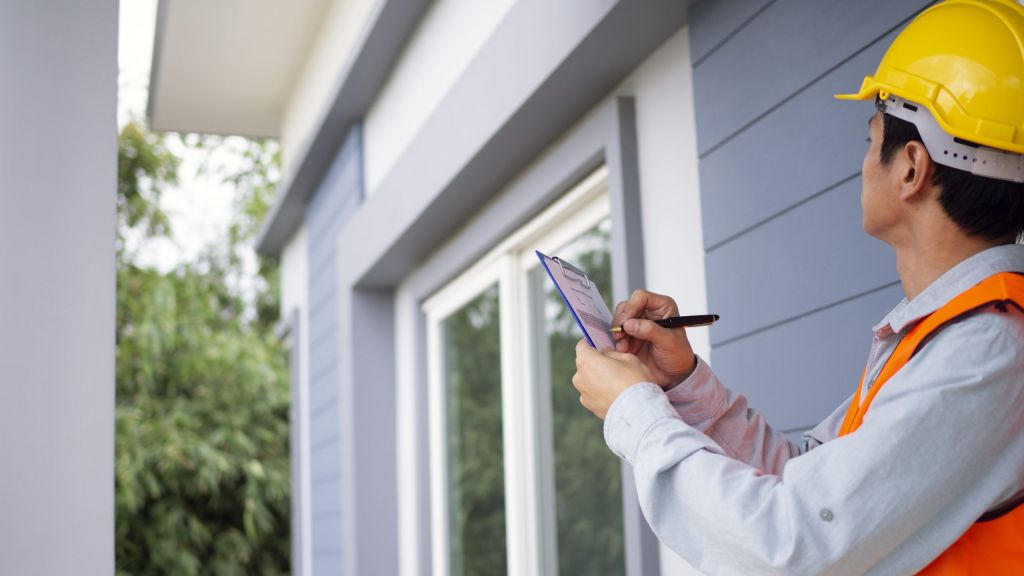
What’s a Building certifier?
A building certifier is someone who manages building approvals and the inspection process of new building projects. The idea is to ensure the safety of your new building and to make sure it meets all codes. They can also inform you of any other permits or approvals you may need, and can even tell you whether you need a building approval at all. In Queensland, a building certifier must be licensed with the QBCC (Queensland Building and Construction Commission).
It probably goes without saying, but a building certifier cannot approve or inspect a building they’ve personally designed, carried out any work on themselves or have any invested interest in.
Who needs to apply for building approvals?
The purpose of building approval is to assess the safety and legality of your proposed project. You’ll need building approval before construction can begin on most types of domestic building work. Inspections throughout the stages of the building of a house ensure that the builders are meeting all necessary codes and safety standards.
The first question most people ask themselves before a project (and possibly the reason you’re on this page in the first place) is ‘Do I need building approval?’ Let’s delve a little into what does and does not tend to require building approval.

Types of work that require building approval?
Below are examples of the typical types of work that require building approval:
- Construction of a new home/dwelling
- Major renovations and extensions to an existing house
- Balconies, patios, verandas and decks
- Sheds, carports and garages
- Retaining Walls
- Shop fit-out
- Swimming pools and fences (you’ll also need pool safety certification)
These are just some of the more common examples, and many other structures, both residential and commercial, require building approval. As a general tip, if your project is the same sort of scale as any of the above, odds are you’ll need some sort of approval or permit. If in doubt, get in touch and we can help.
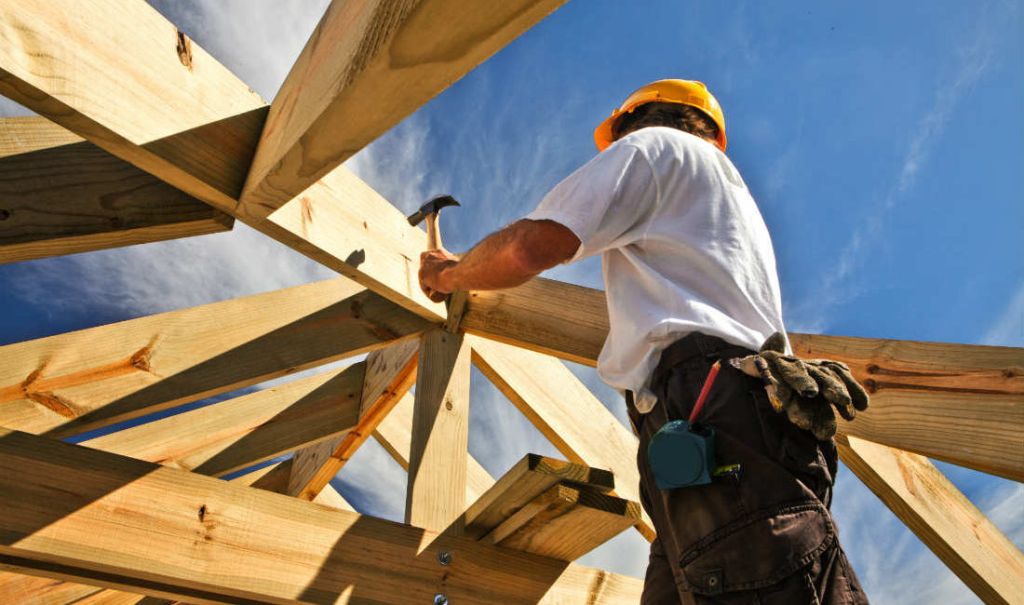
When don’t you need building approval?
There are minor building projects that won’t require building approval including:
- Minor home renovations
- Small tool sheds up to 10m2 (unless you’re in a tropical cyclone area).
- 1m high retaining wall
- A fence no higher than 2m (not including swimming pool fences).
- Repairs and maintenance to existing buildings
- Construction is of a playground no more than 3m high.
The above gives you a pretty good idea of what does and doesn’t need building approvals. If your next project falls into a grey area (for example, when does a minor renovation become a major renovation?) and you’re not sure, it’s better to double-check than assume it’ll be fine.
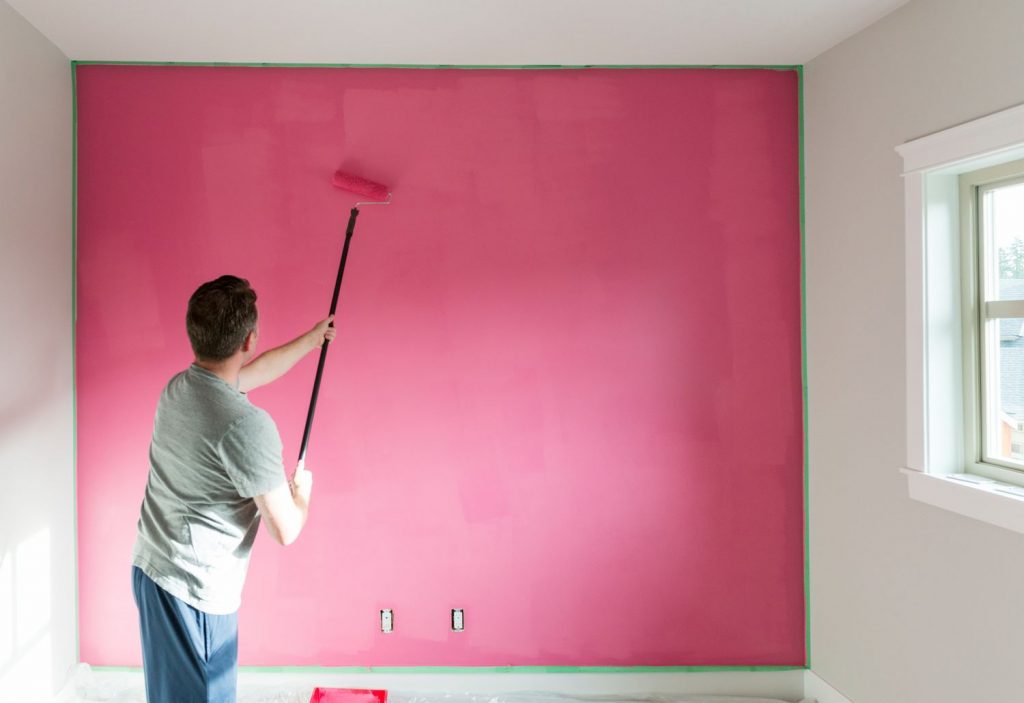
What is the building approvals process?
Here is a breakdown of the steps towards building approval through a building certifier:
- Discuss the proposal with a buildering designer, architect or builder: The first thing to clear up is whether you have a realistic and viable proposal to put forward and get them down on paper.
- Send drawings and documentation through to a certifier for initial review and pricing: A building certifier will perform an initial check of your proposal and determine whether you’ll need anything beyond a building approval, for example, town planning or a siting dispensation. This should be when your certifier will provide an itemised quote that will explain what they’re providing in detail, including their fees.
- Assessment of documentation: Your documentation will be assessed against all relevant building codes and town planning schemes.
- Decision Notice: Once all documentation has been assessed a building approval will be given and your local council notified. You should receive copies of all documentation outlining this.
- Inspections: Certifier will conduct inspections during the various stages of construction.
- Foundation and excavation stage
- Slab stage (prior to pouring)
- Frame stage (before masonry, cladding and lining)-
- The final stage (after building work is completed).
- Final certification Once all work has been completed and deemed satisfactory, you’ll be provided with your final certification.
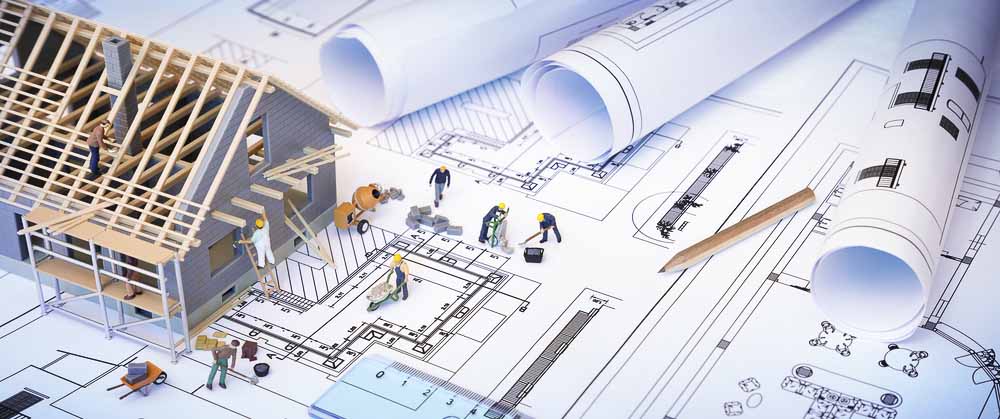
What is the role of a building certifier in a building approval process?
Building certifiers will assess your project against the Building Code of Australia and the Building and Plumbing Regulations (QLD). A building certifier is responsible for checking whether something is in compliance with regulations and helping you apply for it. During inspections they look into:
- Whether a building is or will be designed and constructed in a way that ensures safety.
- If the building has the correct level of fire safety
- Is the building appropriately protected from pets
- Does the building meet minimum energy and water efficiency standards?
- Will the building be drained and sewered adequately?
There are three main categories of development which are:
- Accepted development – don’t require approval to commence
- Assessable development – do require approval to commence
- Prohibited development – approval won’t be given under any circumstances.
If your project doesn’t receive approval, your certifier should provide reasons why, which will serve to assist you in making corrections.
What won’t a Building certifier do?
Perhaps just as important as what your certifier will do is what they won’t do. Building certifiers don’t:
- Ensure that your builder is meeting the terms of their contract.
- Supervise or run the job site.
- Take responsibility for quality control (for example, if your builder is using a cheap material, a building certifier won’t pull them up unless it is unsafe or breaks a code)
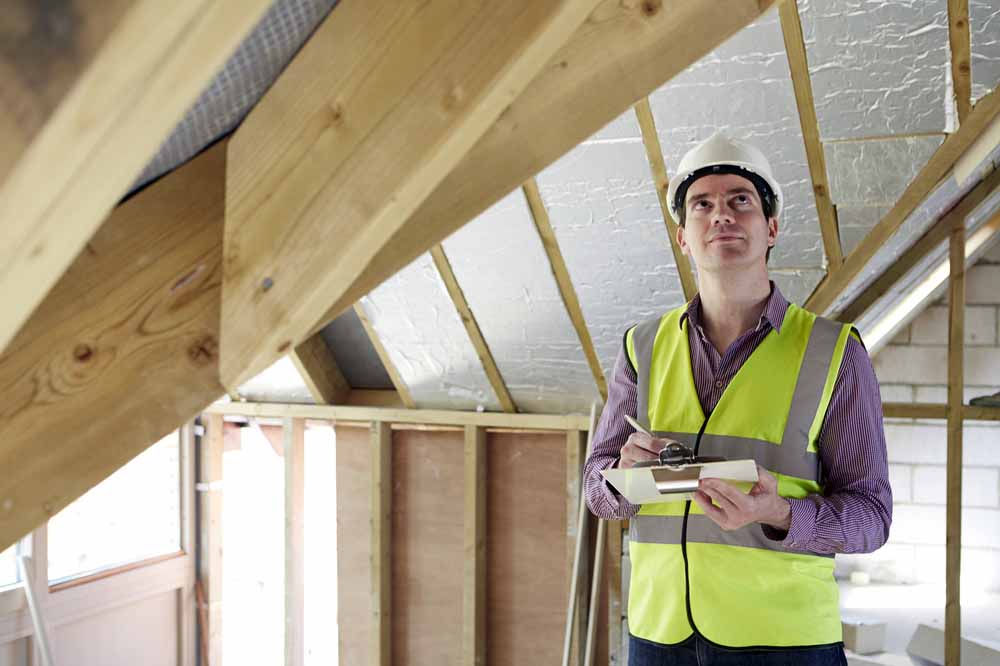
How long does the building approval process take?
It will vary depending on the circumstances of your project, but you can expect approval within a couple of weeks to a little over a month.

How much does building approval cost?
Prices for a certifier start at around $650, but they will vary depending on the job. Private certifiers tend to be more expensive costing upwards of $1600-2600.
What are the most common reasons building applications are rejected?
Obviously, you don’t want anyone to reject your application. Unfortunately, it does happen. Here are some of the most common reasons why applications fail.
Insufficient information
This refers to not having enough information for the board to assess the validity of your proposal. Issues tend to include:
- Missing details
- No or little supporting information
- Inadequate plans
- Not completing online lodgement forms correctly
- Conflicting information in reports, applications or plans
It’s better to err on the side of being too thorough than not thorough enough when it comes to applications. Making sure you dot your i’s and cross your t’s could save you annoying delays down the track.
Poor Quality Plans
If your plans are poorly laid-out, lack vital information or are in any way unclear, it could hurt your application’s chances of being approved. These plans include:
- Site plans
- All elevations
- Floor plans
Unacceptable Impacts
Your proposal cannot have what is deemed an ‘unacceptable impact’ on the surrounding area. When creating your proposal you need to prove your project won’t have negative impacts that could create hazards, impacts, to the surrounding environments. Furthermore, you’ll need to show you’ve taken practical and reasonable steps to minimise this impact.
- Loss of protection vegetation
- inability to adequately handle the discharge of stormwater
- poor design plans that will lead to excessive impacts. This includes noise, overshadowing or
If your application is rejected, you do have the option to appeal the decision through the development tribunals. To go down this path, you need to lodge an appeal application within 20 days of receiving the initial rejection.
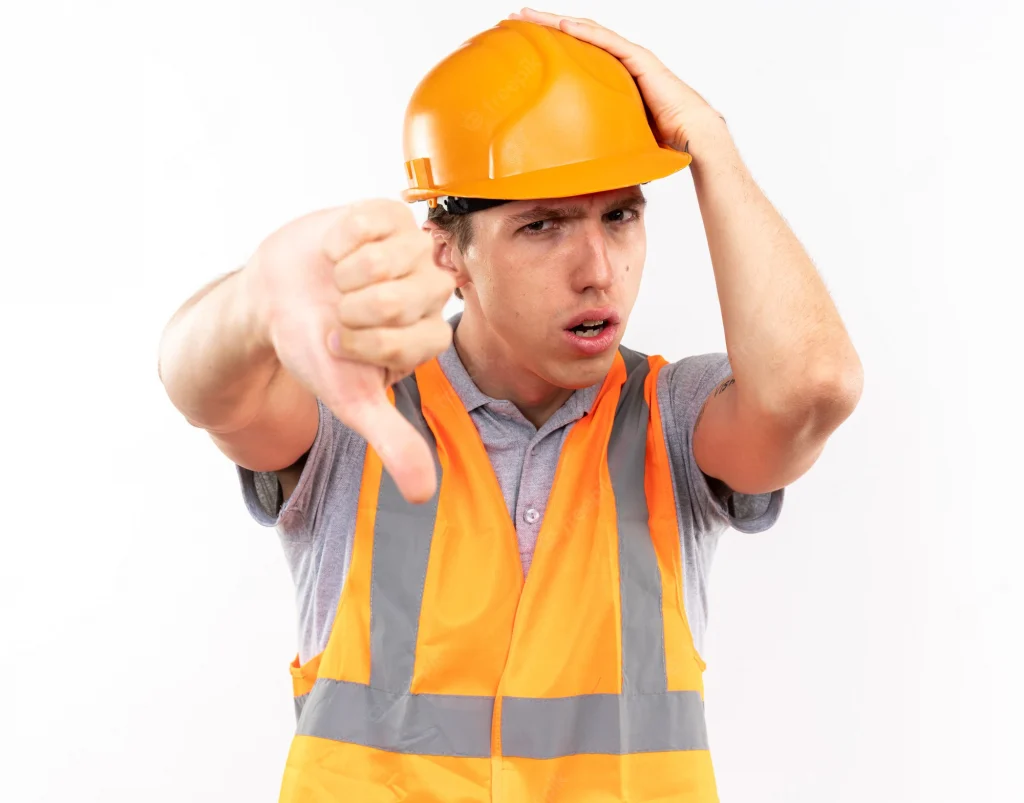
How do building certifiers get building certification?
The requirements and process to becoming a building certifier vary quite a bit from state to state. In this article, we’ll focus on the requirements in Queensland.
Eligibility criteria:
Queensland is the only state in Australia that requires building certifiers to be both licenced builders and have a residential building inspector’s license.
To be eligible for this licence, one must:
- Hold a current and relevant Certificate of Accreditation issued by the Royal Institute of Chartered Surveyors (RICS) or Australian Institute of Building Surveyors (AIBS)
- Hold professional indemnity insurance
- Satisfy the QBCC that the applicant is a suitable person to hold a licence.
There are three grades of license when it comes to building certifiers, with level 1 being the highest and level 3 being the lowest.
Building Certifier Level 1: performs building certifying functions on all classes of structures and buildings.
Building Certifier Level 2: performing building certifying functions on structures and buildings having a rise of no more than 3 storeys and a total floor area of no more than 2000m2. Under the supervision of a building certifier level 1, they can help assess any class of building.
Building Certifier Level 3: can perform building approval on class 1 buildings and class 10 buildings.
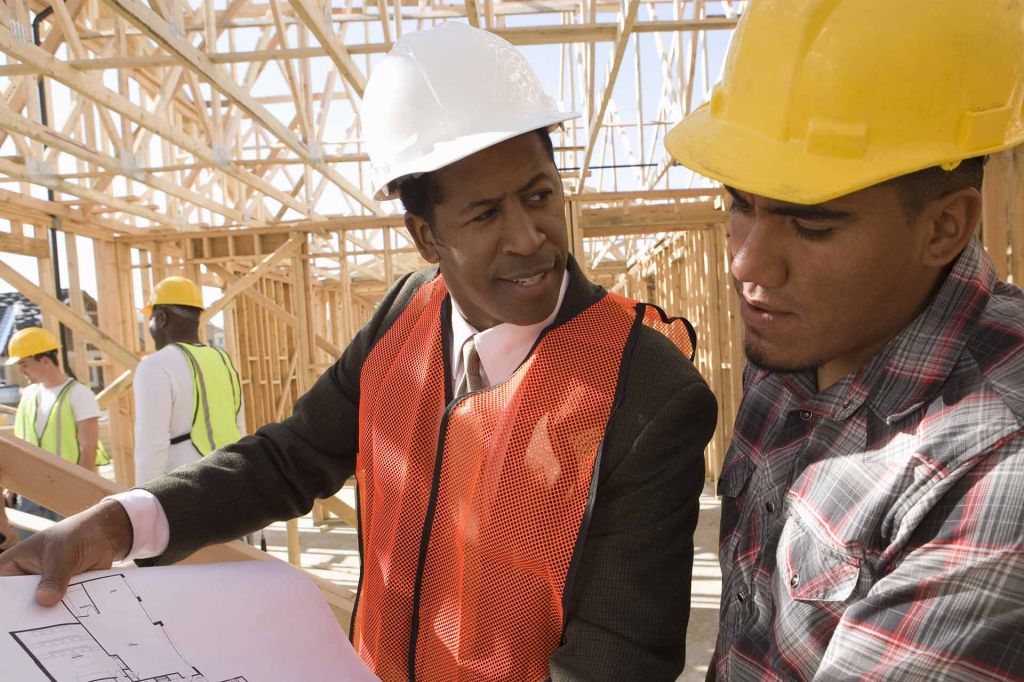
How to find a good building certifier in Brisbane?
So now you know what a building certifier does, how do you find a good one?
Questions to ask a building certifier
- Are they registered? Your potential building certifier needs to be able to show some form of credentials. If they’re reluctant to provide any, consider it a red flag.
- How will they make sure a builder fixes any issues? Knowing how a certifier will address any issues that arise will give you peace of mind, and assure you any problems will be taken care of.
- Do they use contractors for inspections? This is to find out whether the company is planning to perform the work themselves, or whether they’ll hire contractors for the inspection and report.
- What will their reports look like? This is an opportunity for your building certifier to explain what they’re looking for and what to expect to see in the report.
- How long will their reports take? Provides an idea of when to expect their findings.
- How experienced are they? Ideally, this isn’t their first rodeo. You want someone who knows what they’re doing and can ensure your home is safe and up to code.

Red flags to look out for when hiring a building certifier
- Reluctant to show certifications and qualifications.
- Are offering to perform a building inspection outside of their qualifications.
- References don’t check out or are unreachable.
- Have lots of bad reviews, or no reviews online at all

The most reputable and highly rated building certifiers in Brisbane
A1 Certifier Brisbane
Building Approvals and Advice
Rapid Building Inspection
Platinum Building Approvals
Looking for the best building certifiers for your next project?
Buildi is here to help! We have knowledge of the building industry and can help homeowners find all the services they need, from the building certifiers to the builder themselves. We’ll offer a friendly, thorough, professional service throughout your new home build. Get in touch to find out how we can help with your next building project today!


0 Comments